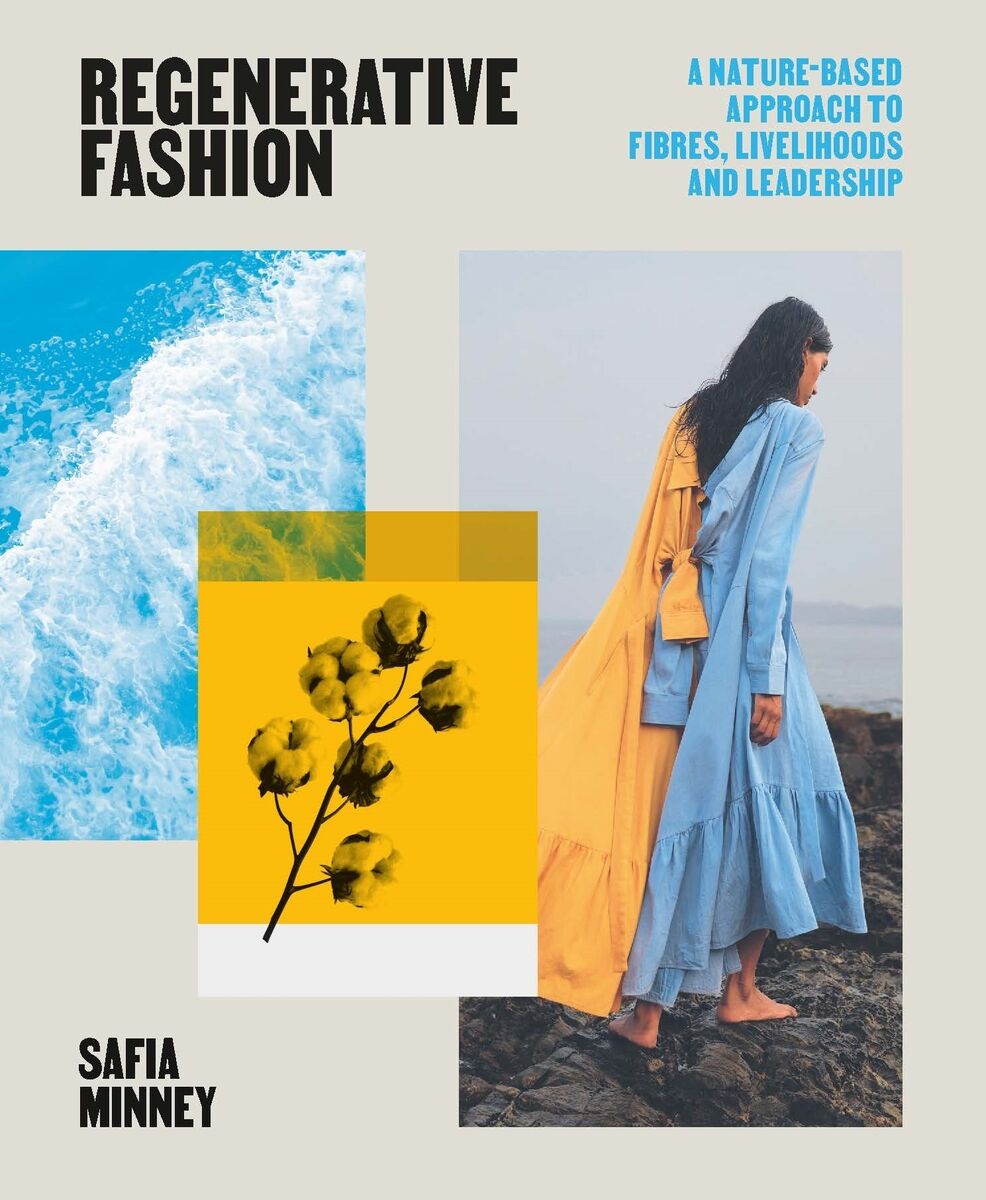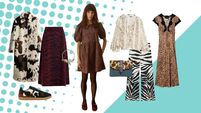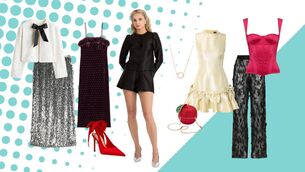'There's no fashion on a dead planet': Safia Minney on saving the world with sustainability

The original ethical consumer, Safia Minney MBE, decided as far back as 30 years ago she wanted to be “part of the solution rather than the problem”, when it came to fast fashion. At the time, buying sustainable fashion was not part of the zeitgeist and so she took matters into her own hands setting up her clothing label People tree.
“I wanted to know that the clothes I wore were made with respect to the people who made them and the planet,” explains Minney.
While the initial response from the media was far from positive, Minney was steadfast in her mission to build a market for sustainable fashion. Through fashion shows with models holding placards saying, “Fossil Fuel free Fashion!” and “Planet Before Profit!” to regular press trips to countries like Bangladesh and India, the turning point came in 2010, when she was approached by Vogue Japan for a feature on sustainable fashion.
Since then Minney has continued her quest in making sustainable fashion mainstream and has written eight books on the subject. With a pivotal shift in people’s attitude towards fast fashion, her latest book, Regenerative Fashion, looks to how the fashion industry can avert climate, ecological and social collapse.
“People want to know where their clothes come from. People are increasingly suffering from climate anxiety,” explains Minney, “Fashion is a disaster, and more and more people know this. People are shifting to buying second hand and ethical and sustainable brands if they buy new.”

However, in a cost of living crisis going down the sustainable fashion route can be expensive. To avoid these costs while shopping consciously, Minney has seen a huge move in families buying second hand and community initiatives to help with rising costs.
“Many families are looking at second hand clothes and school uniforms these days. Since Covid, there are many people who have started initiatives in their communities offering second hand children’s clothes, toys and other things, these are really great value and it’s rebuilding community,” says Minney.
While there has been a major shift in people’s attitude towards sustainable fashion and buying second hand, it can feel futile in a world of corporate Greenwashing. People are duped into buying consciously made clothes that are far from sustainable. Minney admits that while it’s good to see some fashion brands in the docks, there needs to be more accessible information provided to customers.
“It’s good to see that some fast fashion brands paying huge fines for stretching the truth about the sustainability of their products. It’s not on, we are all too busy to navigate through the green claims and misinformation!” says Minney.
“One day I hope there will be a traffic light system or something easily understandable for shoppers. We also need more regulation and legislation to stop bad behaviour and create a level playing field so the good brands can compete.”
However, holding brands accountable isn’t enough. Minney believes in the need for a systematic change in the fashion industry to combat fashion’s devastating effect on the planet.
“We need legislation, voluntary codes is not enough, sadly. Workers trapped in poverty in their supply chains must be paid a living wage and allowed to join a union,” she explains.
“A climate action plan to rapidly cut carbon emissions and reduce their impact on the natural world.
On the back of these stark statistics, Minney set up Fashion Declares to help those working in fashion to learn from fashion experts on topics from low-impact materials, circular economy, living wages and fashion communications in the face of the climate emergency. As an expert herself in producing ethically made clothes, she has some top tips for the consumer too.
“Most ethical fashion brands have GOTs (Global Organic Textile standards) -look out for the good old Soil Association mark and products made of 100% recycled materials,” she explains. “Brands that are Fair Trade and promote handcrafted textiles and clothes are top of the list as they provide good livelihoods for people and use natural materials too.”
Minney also encourages buying from local makers and designers. On the technology side she recommends checking out the The Ethical Consumer website and the GoodOnYou App.
As a pioneer in sustainable fashion, Minney’s ultimate goal is to keep the planet safe. When writing her new book, Regenerative Fashion, she interviewed 100 fashion leaders who are all keen for rapid and courageous change. They believe that redesigning the fashion industry to operate within planetary boundaries is possible.
“We are waking up to the fact that we will have to move away from fossil fuels, for growing crops, the energy used to spin, weave, knit, colour and finish materials and distribute our clothes,” explains Minney. “There is so much innovation and great ideas, we just need the will and long-term investment to bring them to scale.”
This is positive news and it’s heartening to see that there are those in the fashion industry who are ready to make decisive and significant change. However, Minney strongly believes that without drastic change there may not be a future for fashion to exist.
“We have to switch to a regenerative fashion industry, after all, there is no fashion and no business to be done on a dead planet!”
- Regenerative Fashion by Safia Minney is available from December 1st 2022.








